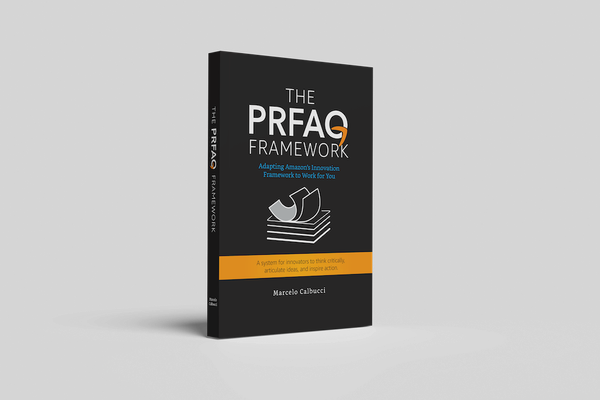Agile Metrics: What to Measure and Why

In my early days as a Technical Program Manager, I vividly remember a project where we proudly embraced Agile methodologies. We were a “raving” team, enthusiastic and committed to delivering high-quality software. However, as we progressed, it became evident that our enthusiasm alone wasn’t enough. Leadership were skeptical of the merits of agile, and we honestly needed a way to measure our progress, identify bottlenecks, and ensure we were genuinely delivering value. This realization led me down the path of understanding Agile metrics.
One particular project stands out. We were working on a critical feature for a high-profile client, and despite our best efforts, we constantly missed our sprints. It felt like we were running on a treadmill—working hard but not moving forward. This frustration led us to delve deeper into Agile metrics, and the insights we gained transformed our approach. Here’s what we learned about what to measure and why it’s crucial for any Agile team.
Why Metrics Matter in Agile
Metrics in Agile are not just numbers; they tell the story of your team’s journey. They provide transparency, enabling teams to self-organize, make informed decisions, and continuously improve. Here are the key reasons why metrics matter:
- Visibility: Metrics provide a clear picture of what’s happening in the project. They help in tracking progress, identifying issues early, and keeping stakeholders informed.
- Improvement: By measuring certain aspects, teams can identify patterns and areas for improvement. This fosters a culture of continuous improvement.
- Accountability: Metrics help in holding the team accountable. They ensure that the team is focused on delivering value and meeting their commitments.
- Predictability: Accurate metrics can help in forecasting future performance and delivery timelines, making planning more effective.
Key Agile Metrics to Measure
Some of these metrics are what I would use for internal purposes, such as velocity, but I have aggregated my list below:
1. Velocity
Velocity measures the amount of work a team completes in a sprint, typically expressed in story points or hours. It’s a useful metric for understanding how much work the team can handle and for predicting future performance. However, it’s important to remember that velocity should be used as a guide rather than a target.
Why It Matters: Velocity helps in planning and predicting future sprints. It allows the team to gauge their capacity and set realistic goals.
2. Cycle Time
Cycle time measures the amount of time it takes for a task to move from the start to completion. It’s a critical metric for understanding the efficiency of your workflow.
Why It Matters: By measuring cycle time, teams can identify bottlenecks in the process and work towards reducing delays, thus improving overall efficiency.
3. Lead Time
Lead time is the total time from when a task is created until it is completed. This includes both the time the task spends waiting to be worked on and the actual time spent working on it.
Why It Matters: Lead time gives a broader view of the time taken to deliver value to the customer. It helps in understanding the end-to-end process and identifying areas for improvement.
4. Burn Down and Burn Up Charts
Burn down charts show the amount of work remaining in a sprint, while burn up charts show work completed over time against the total work to be done.
Why They Matter: These charts provide a visual representation of progress and help in tracking whether the team is on track to meet their goals. They are also useful for spotting scope creep.
5. Cumulative Flow Diagram (CFD)
A CFD shows the number of tasks in each state (e.g., to-do, in progress, done) over time. It helps in visualizing the workflow and identifying bottlenecks.
Why It Matters: A CFD provides insights into the stability of the workflow and helps in managing work in progress (WIP) limits.
Conclusion
Embracing Agile metrics transformed my approach to project management. It brought a level of transparency and predictability that was previously missing. However, it’s crucial to remember that metrics should serve as tools for improvement, not as ends in themselves. They should foster a culture of continuous learning and adaptation. By measuring the right things, Agile teams can ensure they are delivering true value and continuously improving their processes.
By the way, I would highly recommend reading the book Measure What Matters: How Google, Bono, and the Gates Foundation Rock the World with OKRs





